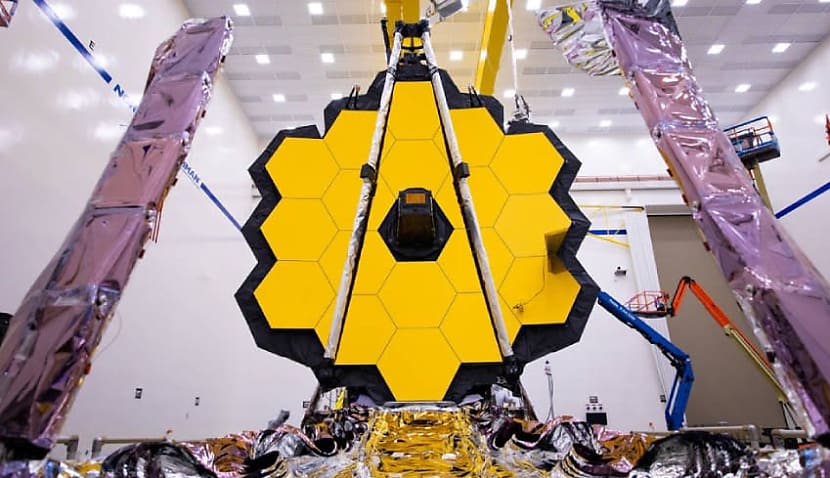The discovery, made with Webb’s Mid-Infrared Instrument (MIRI) and led by NASA’s Jet Propulsion Laboratory (JPL), could offer scientists one of their best chances to study a planet around a star similar to our own sun. The research has been published in The Astrophysical Journal Letters.
Alpha Centauri is a triple star system visible only from the southern hemisphere, made up of Alpha Centauri A and B, both similar to the sun and the red dwarf Proxima Centauri. While three planets have been confirmed orbiting Proxima, efforts to find worlds around Alpha Centauri A or B have been far more challenging.
According to the research team, the Webb data points to a gas giant orbiting Alpha Centauri A within the habitable zone though the planet itself would not be capable of supporting life as we know it.
“With this system being so close to us, any exoplanets found would offer our best opportunity to collect data on planetary systems other than our own,” said Charles Beichman of NASA’s Jet Propulsion Laboratory and the NASA Exoplanet Science Institute at Caltech’s IPAC.
Webb’s MIRI instrument used a coronagraphic mask to block Alpha Centauri A’s light, allowing astronomers to detect an object more than 10,000 times fainter than the star, at roughly twice the distance between the sun and Earth.
Beichman added, “These are incredibly challenging observations to make because the stars are so bright, close together, and move across the sky quickly. Webb wasn’t designed for this, it’s meant to find the most distant galaxies, so the operations team had to create a custom observing sequence just for this target. That extra effort paid off spectacularly.”
The first detection was made in August 2024. However, follow-up observations in February and April 2025 failed to find the same object, leading to what the researchers call “a disappearing planet” mystery.
PhD student and co-lead author Aniket Sanghi from Caltech said the team used computer models to simulate millions of possible orbits to reconcile the conflicting observations. “We incorporated what we saw when the planet appeared, and when it didn’t, to understand what could be going on,” Sanghi said.
If confirmed, this would be the closest known planet orbiting a sun-like star and a prime candidate for detailed future study.

